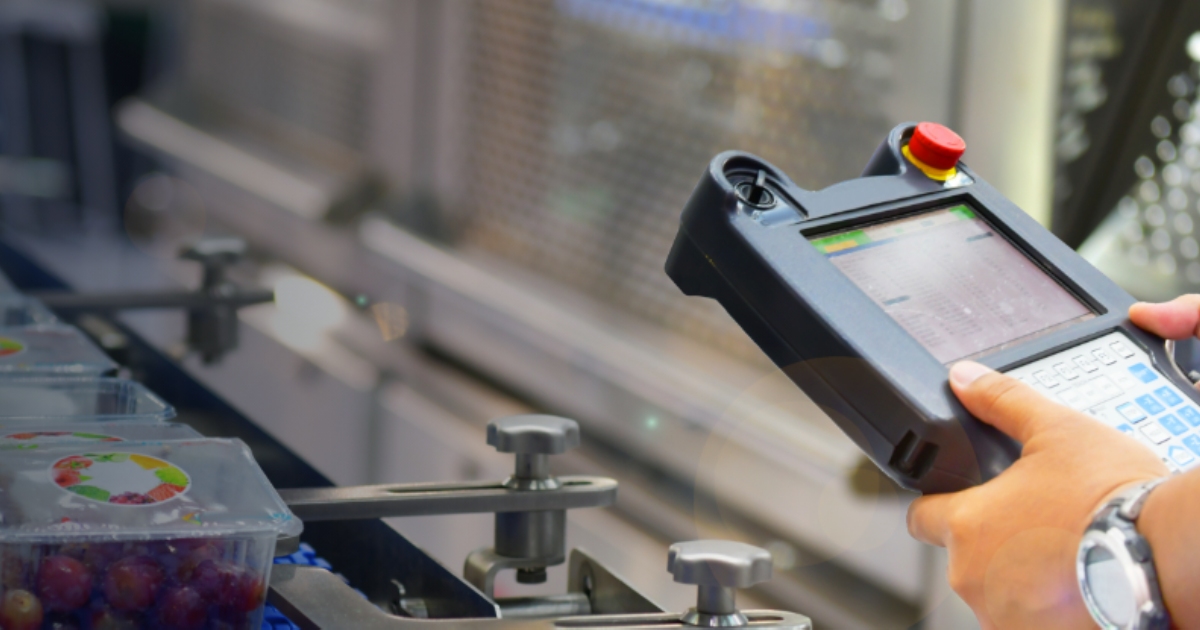Despite the challenges presented by the pandemic, the foodservice industry has proven resilient. However, it will never be the same.
The pandemic accelerated many trends that will continue to impact the foodservice industry for decades to come. For the industry to fully rebound and thrive in a post-COVID era, foodservice operations must foster a deep understanding of these trends, the challenges they present, and the methods for overcoming them.
And while foodservice has changed forever, so has the technology that supports it. This new, evolving tech offers some of the best, most affordable, and most practical solutions to many of the challenges faced by the industry as it moves forward. For the industry to thrive once again, it will need to lean into this technology as a viable solution for combatting trials on multiple fronts.
Trend #1: Health consciousness, nutrition, & wellness
According to research enacted by Statista, 64% of consumers regard healthfulness as a significant factor of consideration when buying food and beverages. The International Food Information Council Foundation found that 51% of Millennials and 45% of Generation X search specifically for healthy and nutritious options while shopping for groceries.
In other words, the foodservice industry needs to offer more healthy foods to appeal to growing segments of the consumer population. But offering healthy food options isn’t enough. Foodservice operations need to ensure that these choices stand out to customers as healthy.
That’s where proper food labeling plays a role. If an item—whether it’s a to-go sandwich or a bottle of freshly-squeezed juice—displays a label that suggests it’s healthy, then customers will feel more confident in purchasing it.
But customers today need the facts. They need to know precisely why and how an item is healthy. Food labels can communicate that at a glance through their branding, logos, and a clearly displayed list of ingredients and nutritional information.
The most mature delivery markets worldwide—including Australia, Canada, the United Kingdom, and the United States—grew twofold (in the United States) to as much as fourfold (in Australia) in 2018 and 2019 (Exhibit 1). This exponential growth continued in 2020 and early 2021 to the point where these markets are now four to seven times larger than they were in 2018. (Ordering in: The rapid evolution of food delivery | McKinsey)
Trend #2: Online ordering & delivery
In 2020, nearly 112 million Americans ordered food through online delivery services—a number that represents a 17% increase compared to 2019, according to Statista. And despite the fact that 70% of customers prefer ordering directly from a restaurant instead of a third-party app or service, online delivery and ordering continues to grow in popularity. According to Global Food Delivery trends reported that delivery markets worldwide had grown four to seven times larger in 2020 and early 2021 compared to 2018.
To service the growing demand for online ordering and delivery, foodservice operations need sophisticated tools for keeping orders organized and moving out the door. Integration between systems will prove key here. POS systems must integrate with third-party apps and other systems used in the kitchen to relay orders.
Besides this, foodservice staff will also require detailed labeling to keep orders organized as they are being assembled and shipped. Labels will need to include customer names, order numbers, item information, and—in some cases—tamper-evident marks to discourage tampering prior to delivery.

Trend #3: Takeout & curbside pickup
While as many as 31% of Americans order through third-party delivery services at least twice each week, many customers prefer to pickup food directly through curbside pickup and takeout.
Multiple factors lead customers away from delivery services while making curbside pickup and takeout the more appealing option. These include:
- Distaste for third-party apps: Many customers prefer to keep more money in the pockets of the restaurants they love, which means cutting out third-party services altogether.
- Convenience: In many cases, it’s easier and quicker for customers to pickup food themselves. Giving customers the option to do this means lowering the barriers to purchase.
- Lack of trust: According to NPR and US Foods, 30% of delivery drivers admitted to sampling the food they were tasked with delivering. And although the necessity of third-party delivery services in the early days of the pandemic eroded much of this distrust, many customers still doubt the safety of delivery food.
- Freshness: The longer it sits in delivery boxes and containers, the more food becomes less palatable to customers. To make sure their dinner remains fresh and delicious, many customers will choose to pickup food themselves.
For foodservice operations to appeal to today’s customers, they need to make it easy and convenient for customers to get a hold of their food. That means offering pickup and curbside options in addition to more common delivery apps and services.
Trend #4: Food safety
For a variety of reasons, food safety remains a growing and persistent concern among customers, many of whom have been made increasingly weary due to the pandemic and other growing health and wellness trends.
As reported by the World Health Organization, around 600 million people around the globe (around one out of every ten) experience illness each year after eating contaminated food. Out of those individuals, 420,000 die every year as a result.
In order to protect the health and confidence of their customers, foodservice operations need to take food labeling extra seriously. They need quick, easy ways to track use-by, prepared-on, and sell-by dates for everything from food prep ingredients to fully finished meals that are packaged up and ready to go.

Foodservice operations also need menu management systems to track the nutritional information and allergens of individual ingredients and menu items. They also need that information to transfer seamlessly to food labels so that customers are well aware of what they’re consuming.
While it might seem like a small detail to consider, proper food labeling can make all the difference in reducing foodborne illnesses, reducing errors, protecting customers, and limiting harmful press exposure resulting from food safety violations. In order to avoid these pitfalls, restaurants can invest in automated and integrated labeling and menu management systems such as the DateCodeGenie and CulinarySuite.
Trend #5: Automate systems to accomplish more with less
As outlandish as it sounds, research conducted by WorkMarket indicates that automation can save employees up to two hours a day, which amounts to nearly 240 hours per person per year. In other words, automation can help existing employees accomplish more work when new hires are hard to come by.
With labor in high demand and short supply, foodservice operations must increasingly rely on technology that automates basic, repetitive tasks and functions, such as food labeling or even menu creation. By automating small, time-consuming tasks, automation frees up employees so that they can pursue tasks with a more significant impact on the bottom line.
Because of its importance in everyday business for foodservice operations, labeling represents the perfect place to start the automation process. Besides saving employees time, automated labeling can help reduce errors, increase uniformity, and help organizations pass health and safety inspections with greater ease.
Discover an integrated solution to today’s foodservice challenges
For more information on how the DateCodeGenie and CulinarySuite provide an integrated, comprehensive solution to all the trends and challenges listed above, visit these links:



